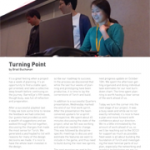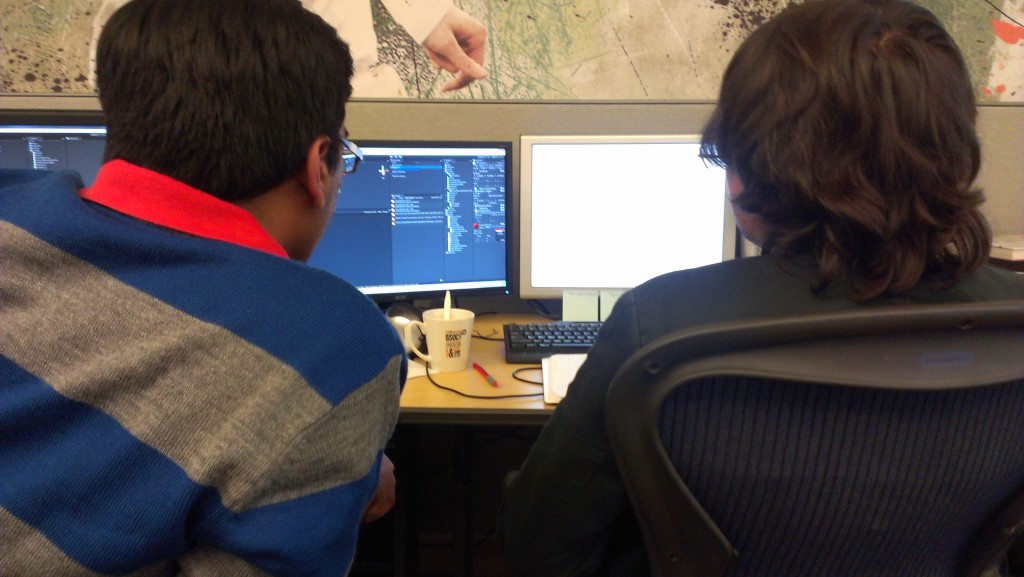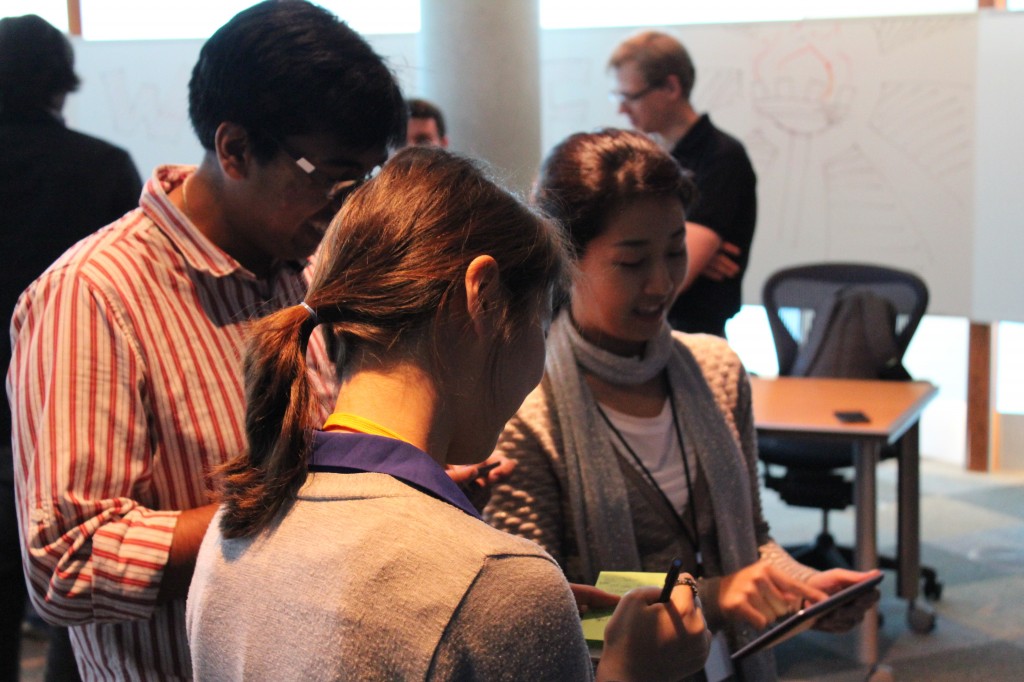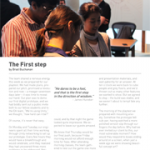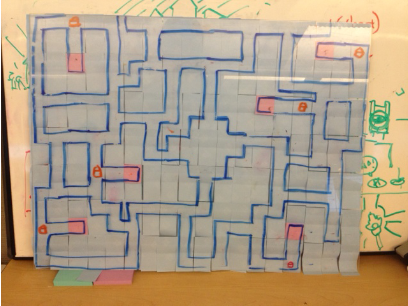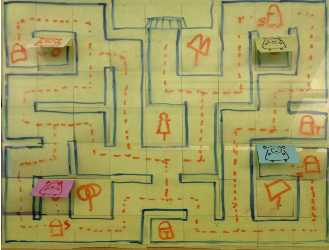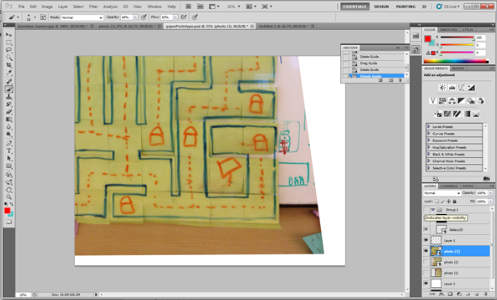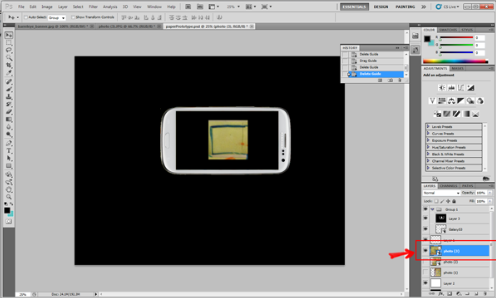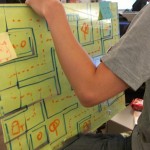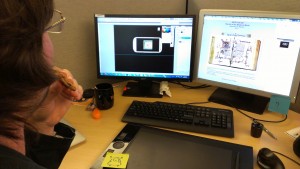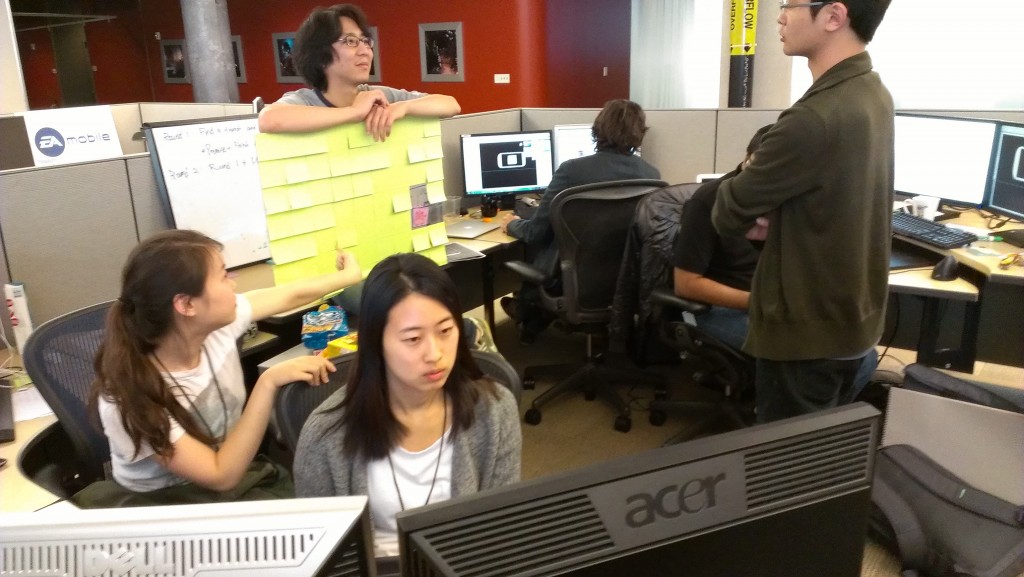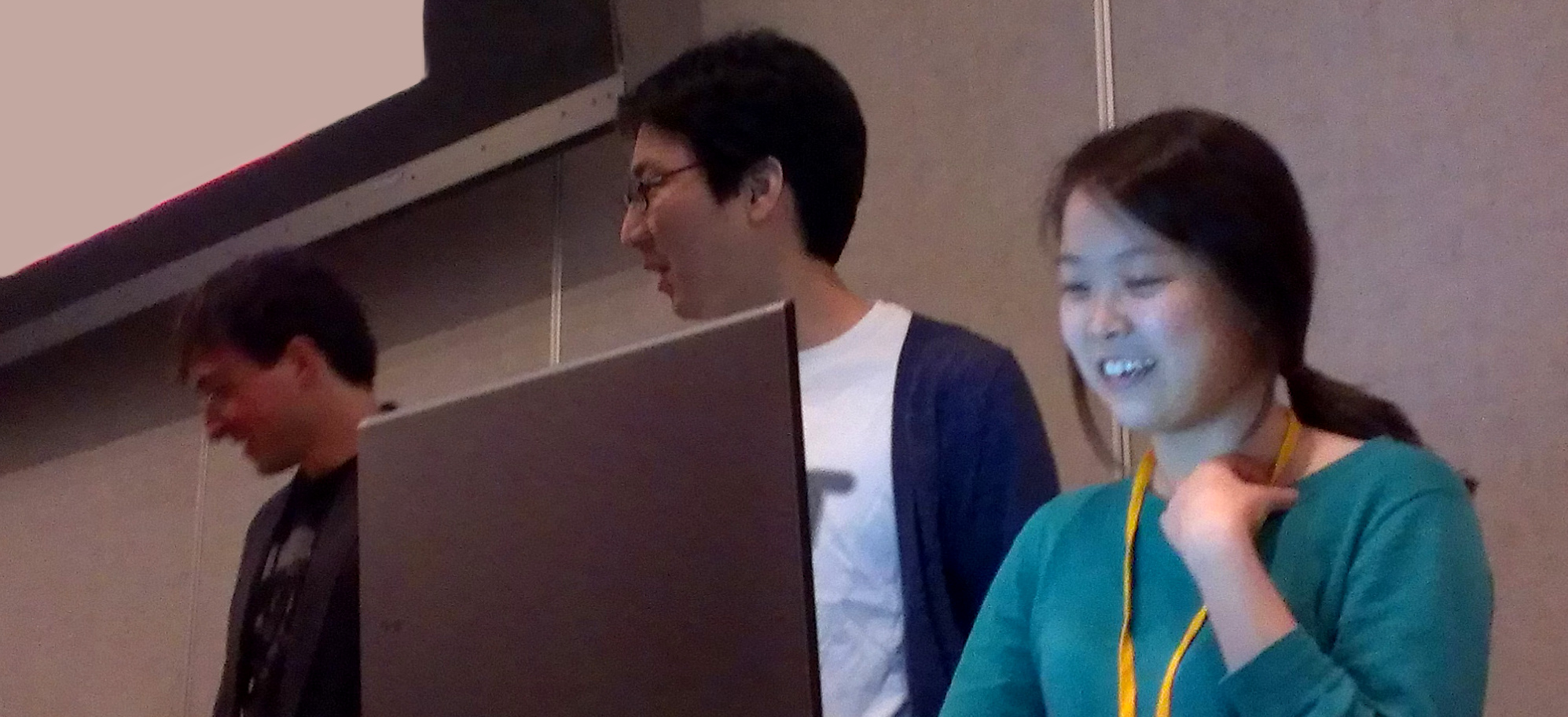
It’s a great feeling when a project has a week of planning. It’s an opportunity to find a stable spot, get oriented, and take a collective deep breath before continuing on the journey. BarrelEye’s fifth week, though busy, was full of reflection and preparation.
After a successful playtest last Friday we took some time to review the feedback we had collected. Our guests had provided us with a wealth of suggestions and we walked through the list together, discussing the changes that made the most sense for Torch. We generated a yes/maybe/no list with reasons for many of the design decisions we made. It’s nice to have the whole team invested in the design.
We also spent a few days preparing for our quarter-semester presentation. As part of this process we examined the work we have done, so that we could explain it to our audience. We also looked forward to the next twelve weeks, to describe our roadmap to success. In the process we discovered that while the last four weeks of planning and prototyping have been productive, it is time to lay the cornerstone of Torch and build.
In addition to a successful Quarters presentation, Wednesday marked the end of our first work sprint. After the presentation the team convened upstairs for a sprint retrospective. We spent about 45 minutes discussing the state of the project, what we felt was working and what we needed to change. This was followed by discipline-specific meetings to discuss and estimate the features we want to include in the game, and thus need to build during the next two sprints.
The next morning we met to formally plan sprint #2. With our tasks divided into stories (or features) we selected a subset to focus on during the next two weeks. We hope that set of stories will be within our reach, and that it will best represent our vision for the game at our next progress update on October 10th. We spent the afternoon getting organized and doing individual task estimates for our next burndown chart. The time spent planning is worth having a clear sense of the work ahead of us.
Today we turn the corner into the next stage of our project. It was a busy week and while we’re not exactly refreshed, it’s nice to have a plan and move forward with confidence about our direction. We’re a little intimidated by the amount of work ahead of us, so we’ll be reaching out to the OCCO for support as much as possible. Next week is all about building the foundation of Torch and investigating the least familiar parts of our plan, especially the networking and graphics technologies we are using. See you then!

